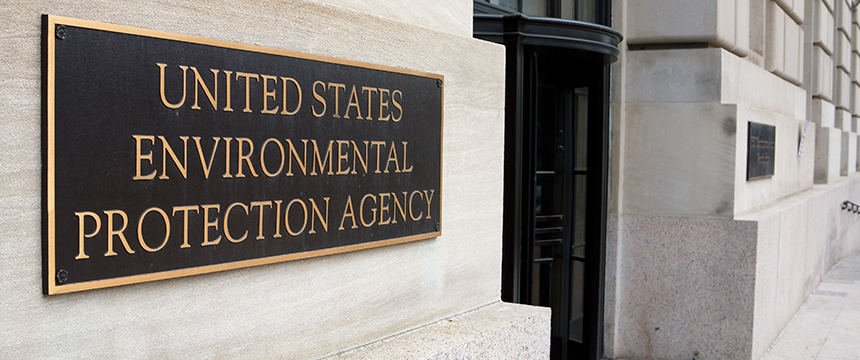The Infrastructure Investment and Jobs Act Reinstates the Superfund Tax, Starting July 1, 2022

The Infrastructure Investment and Jobs Act, signed at the end of 2021, reinstates the Superfund chemical excise taxes under Sections 4661 and 4671 of the Internal Revenue Code. These taxes were in place until 1995 to fund the Federal Hazardous Substance Superfund, but expired in 1995. The reinstated taxes will apply to certain chemicals and chemical-containing substances starting on July 1, 2022 through December 31, 2031.
History of Superfund Tax and Implications for Current Cleanups at Superfund Sites
The Superfund excise tax of the 1980s and 1990s was one of three specific taxes that the U.S. Environmental Protection Agency (U.S. EPA) used to fund cleanup of Superfund sites, or contribute money at multi-party sites where there were “orphan shares.” Since these taxes expired, U.S. EPA now has a backlog of Superfund sites awaiting funding. The new funding in the Superfund will be used to address that backlog; the agency has also stated that they will use these funds in line with President Biden’s directive to advance environmental justice and focus on historically underserved communities. The reinstatement of the tax could also mean that U.S. EPA may have more funds available to address “orphan shares” in the cleanup rather than looking to the remaining solvent parties for the full costs.
Chemicals and Activities Covered by the Reinstated Tax
The reinstated Superfund tax applies to companies that manufacture, produce, or import certain chemicals, as it imposes a tax on the sale of certain chemicals, including mercury, benzene, methane and a number of other common chemicals used in manufacturing. Under the statute, taxable substances include (i) the 50 substances specifically listed in Section 4672(a)(3), (ii) substances that exceed the 20% weight or value threshold that the Internal Revenue Service (IRS) adds to the list of taxable substances, and (iii) other substances added or removed from the IRS’s list of taxable substances at the request of an importer or exporter. In 2021, the IRS published an initial list of taxable substances in Notice 2021-66, available here. Depending on the particular chemical, any manufacturer, producer, or importer that sells or uses the chemical must pay a per-ton tax of $0.48 to $9.47 for the first sale or use of the chemical after importation or manufacture. While the tax is specifically imposed on the importer, the statute does not prohibit importers from passing the cost onto customers, whether through a gross addition to the price or by separate line-item.
There are exceptions to and exemptions from the tax that may apply if certain qualifying criteria are met as well; however, the exceptions and exemptions primarily apply to chemicals sold for export, and the tax also applies to an importer’s sale or use of any taxable substance under Section 4671 of the Internal Revenue Code.
Reporting Requirements and Other Implications for Industry
Companies will need to report the Superfund excise tax quarterly using IRS Form 720, Quarterly Federal Excise Tax, and IRS Form 6627, Environmental Taxes. Semi-monthly tax deposits will also be required for taxpayers with a quarterly liability greater than $2,500. Companies will need to conduct a comprehensive review of the chemicals they manufacturer or import for use or sale as well as the chemical constituents of any products they manufacturer or import to determine if and how the Superfund excise tax applies. If the Superfund excise tax applies, companies will need to develop an internal process to identify, report, and pay the tax to satisfy the reinstated requirements.
It is important for companies to conduct a detailed review of the chemicals they manufacture or import for sale or use, to determine whether they are subject to the Superfund excise taxes and prepare for the reporting and payment obligations.



